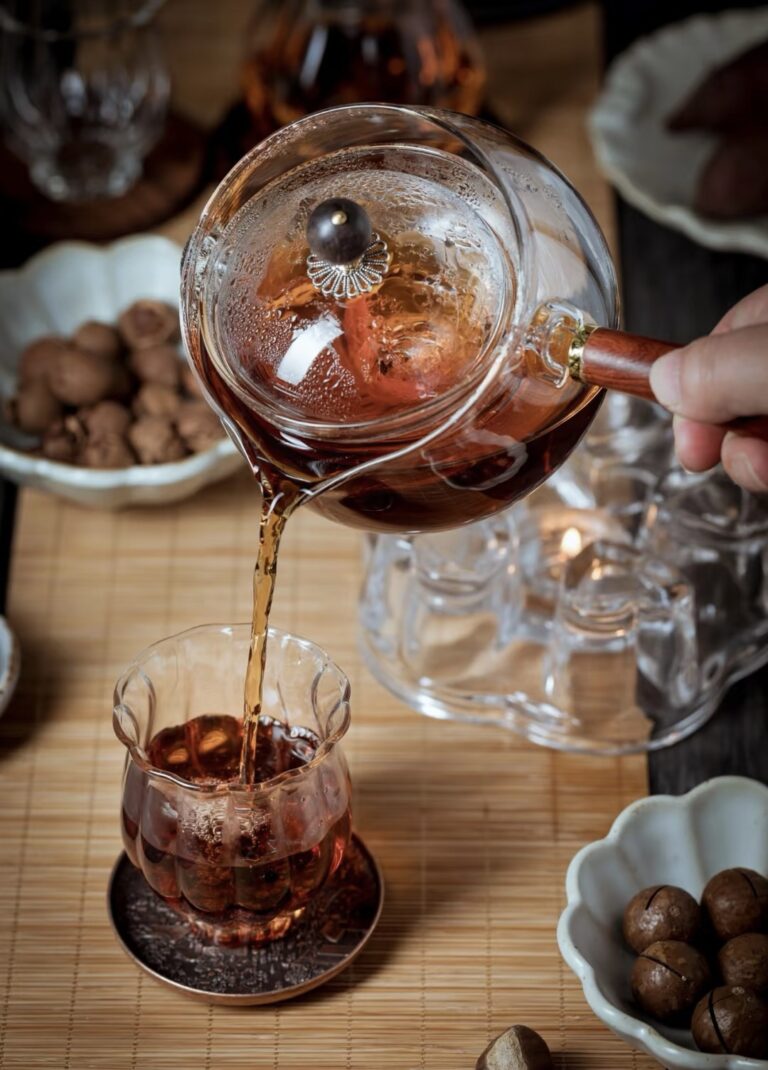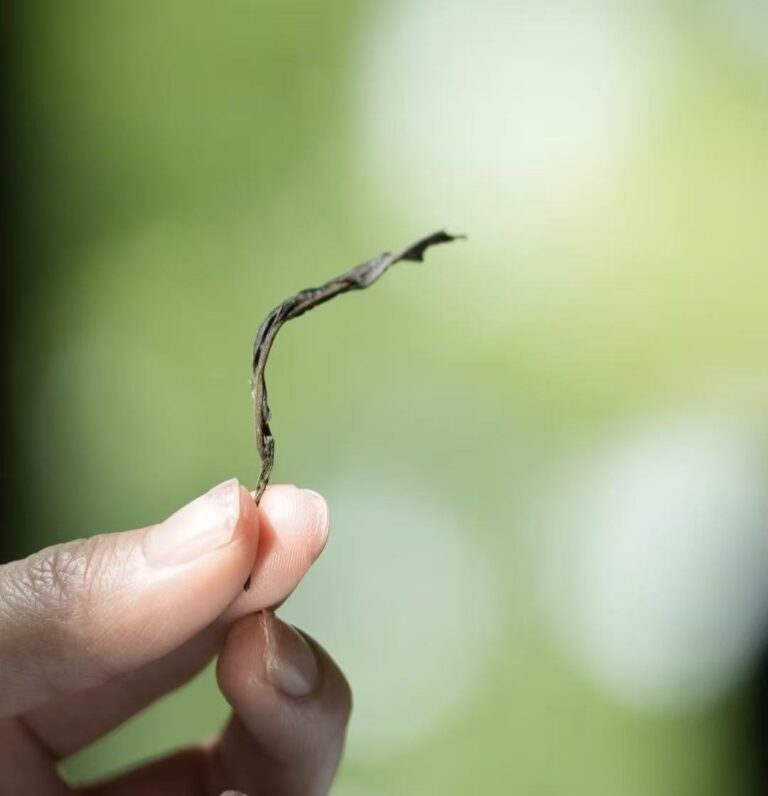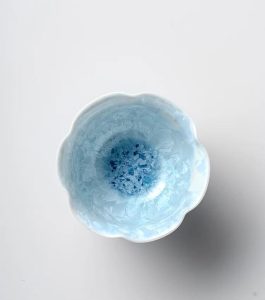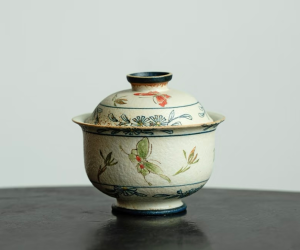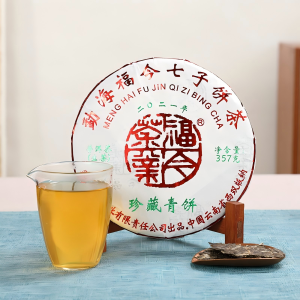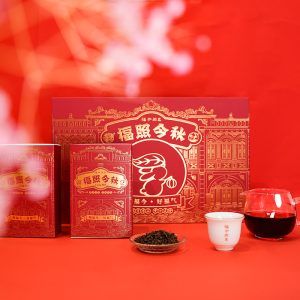
The gaiwan (盖碗), a traditional Chinese tea bowl with a lid, is much more than a simple tea-brewing tool. It holds a unique place in Chinese tea culture, symbolizing the harmony, elegance, and philosophy that underpins the ancient art of tea preparation. In this article, we will explore the rich history, cultural significance, and the lasting impact of the gaiwan in Chinese tea culture, while delving into its enduring presence in the modern world.
The Origins and Evolution of Gaiwan
The gaiwan traces its origins back to the Tang Dynasty (618-907 AD), when early forms of tea brewing vessels began to take shape. Initially, the gaiwan was a simple ceramic bowl used for drinking tea. As tea culture flourished, particularly during the Song Dynasty (960-1279 AD), Taiwan evolved in both design and function. By the Ming (1368-1644) and Qing (1644-1912) dynasties, it had become a core element of tea ceremonies.
Historical Example
During the Tang Dynasty, the influence of tea culture spread across China, aided by works like The Classic of Tea by Lu Yu(陆羽). Though not specifically mentioning the gaiwan, Lu Yu’s writing helped formalize the practice of tea drinking, setting the stage for the gaiwan’s role in Chinese tea culture. By the Song Dynasty, the gaiwan became increasingly refined, and its use was popularized by tea connoisseurs and scholars, as reflected in the works of poets like Su Shi(苏轼).
Gaiwan’s Place in Chinese Tea Culture
The gaiwan is not just a tool for brewing tea but also an embodiment of Chinese philosophy and tea aesthetics. Central to its significance is its reflection of Daoist principles, particularly the ideas of balance, harmony, and simplicity. Tea brewed in a gaiwan is considered to be in perfect harmony with the drinker, the tea leaves, and the environment.
Cultural Symbolism
The gaiwan is closely linked with the idea of “wu wei” (无为), a Taoist concept that means “effortless action” or “non-interference.” This philosophy aligns with the gaiwan’s design—its simple yet functional structure encourages a natural interaction between the tea, the water, and the person brewing the tea. It represents a deeper, more contemplative approach to tea drinking.
Tea and Harmony
The balance between the tea leaves, water temperature, and the shape of the gaiwan all contribute to the flavor and aroma of the tea. The gaiwan encourages the drinker to appreciate the process, highlighting the Chinese belief in the importance of harmony between nature, self, and tea.
The Design and Craftsmanship of Gaiwan
A gaiwan is composed of three main parts: the bowl, the lid, and the saucer. Each part serves both a functional and aesthetic purpose. The bowl is used for steeping the tea, the lid serves as a way to trap heat and aroma, and the saucer is there for stability and to catch drips. The balance of these elements contributes to the tea-brewing process.
Read more: How Does the Sancai Gaiwan Reflect Ancient Chinese Philosophy?
Materials and Their Impact on Tea
Traditionally, gaiwan is made from porcelain, a material known for its smooth texture and heat retention. In modern times, gaiwan can also be made from other materials, including yixing clay and glass. Each material has a different impact on the tea brewing process. Porcelain retains heat well and does not absorb flavors, making it ideal for a wide range of teas. Yixing clay, on the other hand, is porous and is particularly suited for aging teas like Pu’er, as it can enhance the flavor over time.
Craftsmanship Example
Jingdezhen, known as the “Porcelain Capital” of China, has long been famous for its high-quality porcelain production. The delicate gaiwan bowls produced here have been highly prized for centuries. These finely crafted pieces are not only functional but are also considered works of art, often featuring intricate designs and glazes.
The Cultural Symbolism of Gaiwan
The gaiwan is not just a tea tool, but a symbol of Chinese cultural values. It represents the simplicity and depth of Chinese tea culture and reflects the reverence for nature, harmony, and quietude.
Cultural Example
During the Qing Dynasty, emperors used gaiwan in tea ceremonies to demonstrate respect for tea and the tea-growing regions. The design and choice of materials in the gaiwan were chosen with great care, reflecting the sophisticated taste of the ruling class. These ceremonies also served as a way to celebrate the seasonal harvests, demonstrating the close relationship between tea and the agricultural cycle in China.
In modern times, the gaiwan is often used in both formal tea ceremonies and casual tea tastings. It allows the drinker to fully experience the nuances of tea, whether it’s the aroma, color, or taste, all of which are enhanced by the gaiwan’s design.
The Revival of Gaiwan and Its Global Influence

In recent years, the gaiwan has seen a resurgence in popularity, not only in China but around the world. With the global spread of Chinese tea culture, many tea enthusiasts outside China are discovering the gaiwan as a means to appreciate tea more deeply.
Modern Global Popularity
Tea communities in the United States, Europe, and other parts of the world are increasingly adopting the gaiwan for its ability to brew a wide range of teas with precision. Whether used in traditional tea ceremonies or as part of contemporary tea tastings, the gaiwan has found a place in international tea culture.
Contemporary Use Example
Modern tea lovers often use the gaiwan to explore the subtleties of high-quality teas such as oolong, green tea, and pu erh tea. Its ability to brew tea in small quantities makes it perfect for tasting and appreciating the changing flavors of the leaves as they steep.
The gaiwan is far more than a functional tea tool—it is a key element of Chinese tea culture, embodying the philosophical, aesthetic, and social aspects of tea drinking. From its origins in the Tang Dynasty to its global resurgence today, the gaiwan has maintained its status as the heart of Chinese tea culture, a symbol of balance, simplicity, and respect for nature. As tea culture continues to spread worldwide, the gaiwan remains a bridge between tradition and modernity, offering tea drinkers everywhere a deeper connection to the ancient art of tea brewing.


